What is the difference between a canopy, a gazebo and a pergola? Garden experts explain the key differences to help you choose
Understanding these popular garden structures will help you pick the perfect shade solution
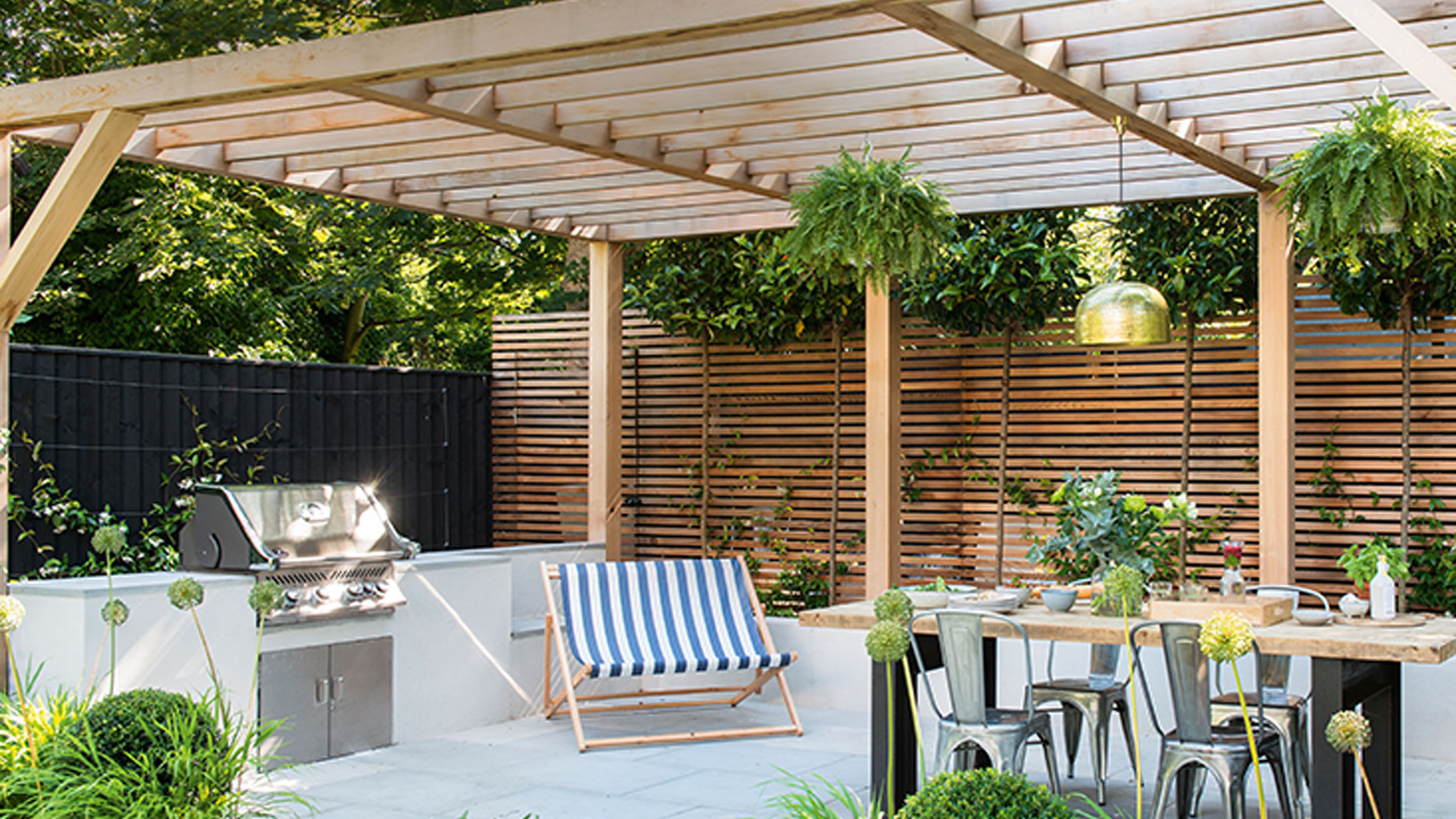

When planning your perfect outdoor living space, a shade solution should be high up on the priority list - especially if the recent heatwave is anything to go by. Which might have led you to ask - what is the difference between a canopy, a gazebo and a pergola?
While these garden shade ideas seem similar at first glance, each offers distinct benefits and serves a slightly different purpose.
Understanding the key differences will help you make the right choice for your garden, whether you're looking for temporary shade, a permanent entertaining space, or something in between. We've asked garden structure experts to break down exactly what sets these popular options apart.
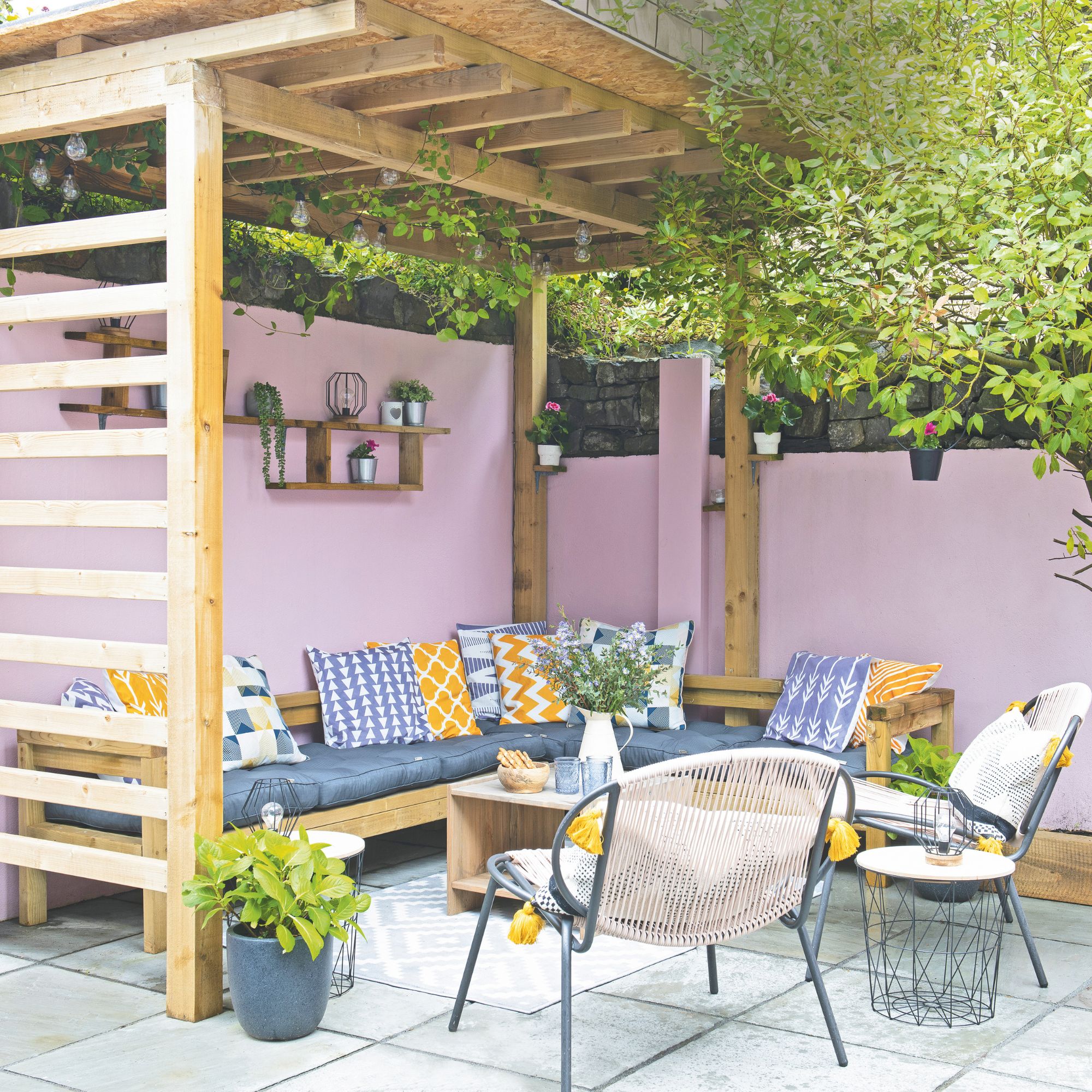
Even if you know the difference between a gazebo and pergola, it gets even more confusing when you throw a canopy into the mix. According to the experts, these three shade structures can be distinguished by their construction, permanence, and roofing systems.
'When it comes to pergolas, gazebos and canopies, there are some key differences,' explains Reilly Gray, Co-Founder of Suns Lifestyle. 'There is a lot of overlap between the terms for different types of garden structures and much of the usage comes down to the cultural background in which the structures originated. But one of the key distinctions is the roof canopy.'
What is a pergola?

Traditional pergolas were originally timber frameworks designed for climbing plants, but they've evolved significantly over the years. Nowadays, pergola ideas can also be made from industrial-grade aluminium that's powder-coated in various colours, making them strong, sturdy, and weather-resistant.
Unlike other garden structures, pergolas don't have a permanent solid roof. Instead, they come with louvred or retractable roofs that can be adjusted from fully open to fully closed, allowing you to control sunlight or provide shelter from rain.
Sign up to our newsletter for style inspiration, real homes, project and garden advice and shopping know-how
'Pergolas can be freestanding or mounted to the side of a house to serve as a shelter for a terrace and are great for providing extra shade by bi-fold doors,' Reilly notes. 'They're perfect for accommodating family-sized garden furniture sets, dining areas, hot tubs, or even outdoor kitchens.'
What is a gazebo?

Gazebos have been around since the 18th century, and today they come in multiple forms, from temporary canvas covers to classic, four-sided open outdoor structures with a permanent roof canopy.
The key characteristic that separates gazebos from pergolas is their solid, permanent roofing. This makes them ideal for year-round use and provides complete protection from the elements. 'A gazebo is a great option for both defining an outdoor space and ensuring year-round comfort,' Danielle Le Vaillant, Head of Photography & Film at Cox & Cox agrees.
What is a canopy?
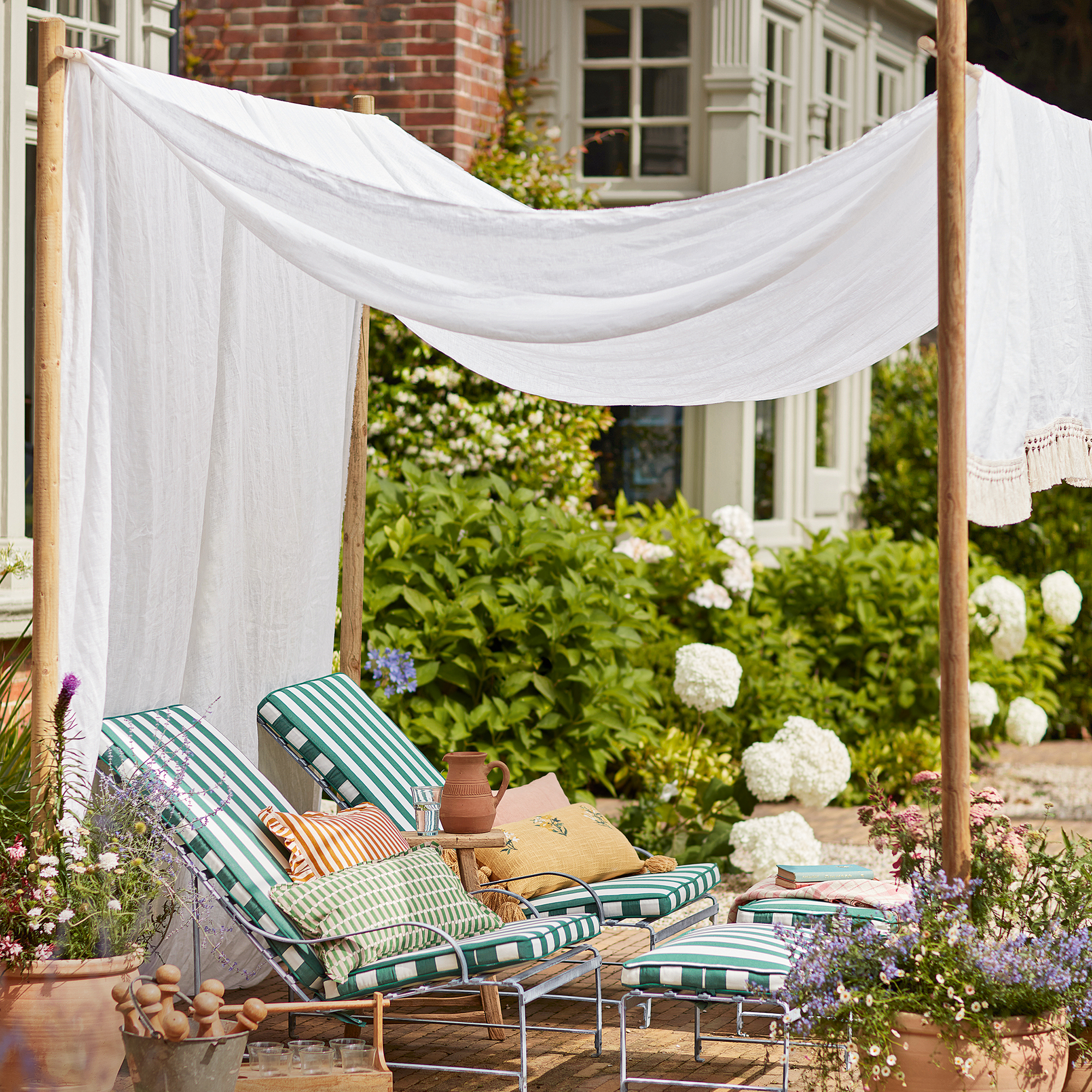
Canopies are the most straightforward of the three options - they're essentially a fabric cover that stretches across a frame. They're the most affordable option of the three, and usually the easiest to install.
'Although they do provide ample shade, canopies are not weather-tight so will offer limited protection against rain,' Reilly adds. 'The fabric can also deteriorate over time due to UV exposure and weather conditions meaning they won't last as long.'
Which one is right for your garden?
'When it comes to finding the right outdoor structure for your garden, there are a few key considerations to take into account,' Reilly advises. 'Think about what you'll use the structure for as this will determine the style and type of materials you'll want to introduce.'
For temporary shade solutions or budget-conscious options, canopies are ideal. If you want a permanent, weather-proof entertaining space, gazebos offer complete protection. Pergolas provide the best of both worlds - permanent structure with flexible weather protection.
Material choice is also key. While decorative wood frames add a traditional feel, they do require more maintenance. Aluminium options offer a contemporary finish while being more robust, low-maintenance, and suitable for year-round use.
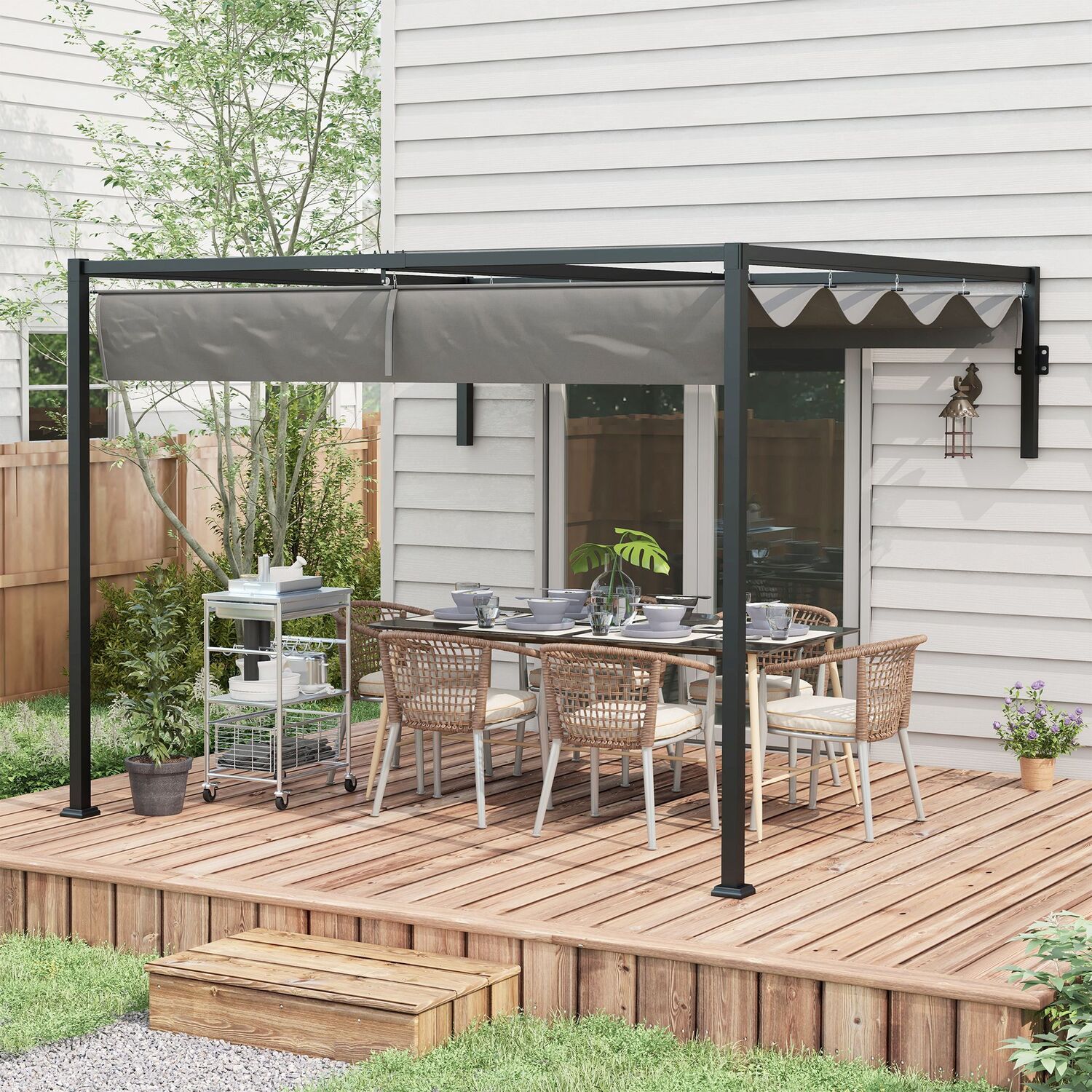
A gazebo doesn't have to be expensive. This one is made of sturdy powder-coated steel, and has a handy sliding canopy cover for adjustable shade.
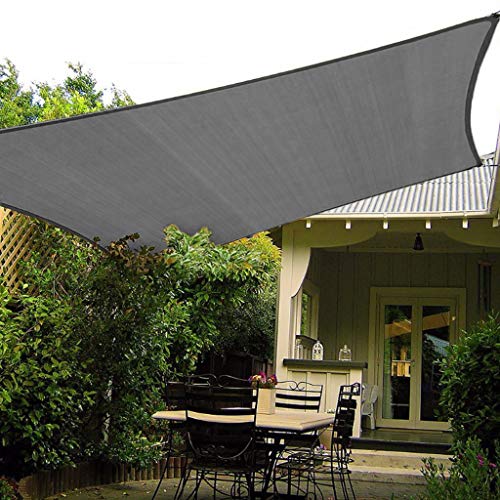
For a shade solution that doesn't cost the earth, this canopy is a great choice. It's also water-resistant, so perfect for rain and shine, and it comes in five colourways too.

This bundle includes fixed louvred panels, sliding louvred doors, pull-down fabric blinds, and powder-coated slatted side walls, ticking off all your garden shade needs.
FAQs
What is a pergola with a roof called?
A pergola with a solid, permanent roof is typically called a gazebo or pavilion. 'Unlike other types of garden structures, pergolas don’t have a permanent roof,' Reilly explains.
'Instead, they come with louvred or retractable roofs that can be adjusted from being fully open to fully closed, allowing you to make the most of the sunlight or provide shade or shelter from the rain when needed.'
Understanding the difference between a canopy, a gazebo and a pergola means you can choose the best structure for your outdoor living space - and enjoy it all summer long.

Katie has been writing freelance since early 2022, specialising in all things homes and gardens, following achieving a Masters in Media and Journalism. She started out writing e-commerce content for several of Future’s interior titles, including Real Homes, Gardeningetc, Livingetc, and Homes and Gardens. Since then she’s been a regular contributor on Ideal Home’s digital team, covering news topics, how-to guides, and product reviews.
You must confirm your public display name before commenting
Please logout and then login again, you will then be prompted to enter your display name.